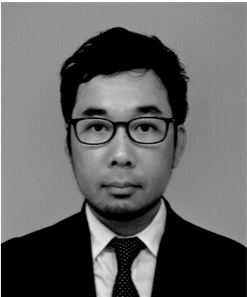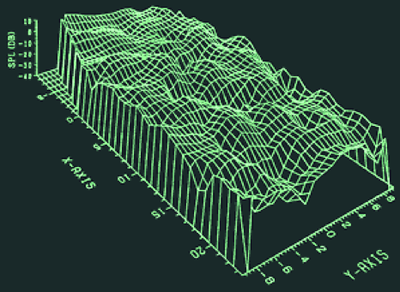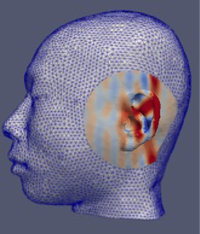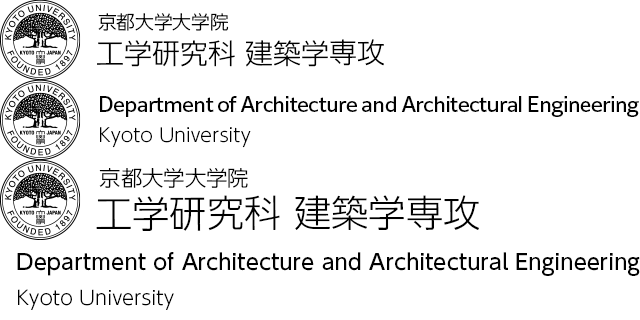Environmental Acoustics
Acoustics is one of the key factors in ensuring the quality of our living environment. To promote stress-free urban environment in both physiological and psychological aspects, it is important to optimize acoustical parameters. However, the optimum parameter varies depending on the specification of sound and space. Our purpose of research and education program is to survey and to understand appropriate acoustic environment, and to control and to optimize it by considering overall relationship between physical properties and human’s psychological and physiological responses. This includes the followings: the development of new acoustic materials and structures; the development of new technologies in sound field measurement, prediction, control, and display systems; acoustic design as applications of these technologies.
Academic Staff
Makoto OTANI 
Professor (Graduate School of Engineering)
Research Topics
- Auralization of sound space
- Mechanism of auditory space perception
- Development of virtual auditory display
Contacts
Room 386, Bldg. C1-4, Katsura Campus
TEL: +81-75-383-3291
FAX: +81-75-383-3291
E-mail: otani![]() archi.kyoto-u.ac.jp
archi.kyoto-u.ac.jp
Research Topics
Development of the sound field calculation method based on wave theory
It is necessary to predict sound field accurately, in order to create good acoustical environment during its design stage. Main theme of this research is the development of numerical simulation method of sound field in the inside and outside of the building to improve the sound field and to control the noise.
Moreover, we are developing simulation tools that help to understand various sound phenomena including movement and directivity of sound sources. Our target is to solve various acoustical problems by modifying acoustical properties in sound fields or by suppressing sound radiation from noise sources through visualization of the simulated results.

Fig. 1 Example of analyzing sound pressure level distribution in stage and the first floor seat in concert hall (A negative range of X is a stage)
Auralization of sound field
Enabling an auditory experience of sound space inside a completed building in advance, so-called “auralization”, would greatly contribute to an acoustical design of architectural constructions. To realize highly-precise auralization that is not distinguishable from an actual sound space, we are conducting research on two key technologies: 1) Precise prediction of sound field inside a room and around a human’s body, and 2) auditory display that presents a sound space with its spatial information.

Fig. 2 Example of numerical simulation of sound wave behavior around pinna
Development and application of acoustic materials and structures
The acoustical boundary conditions are described in terms of sound insulation, absorption, reflection, scattering and sound radiation. Our target is to develop new acoustical materials, including metamaterials, and its optimal usage, through theoretical and experimental studies.

Fig.3 Experiments for development of new acoustic materials by using an acoustic tube
Physical properties of the sound field and its subjective evaluation
Improvement of physical acoustical parameters and sound quality metrics corresponding to the change in building structure and materials does not always guarantee better acoustical environment from a perceptual viewpoint. Indexes having better correspondence to our sense of hearing, which can evaluate acoustical parameters, will be investigated.


